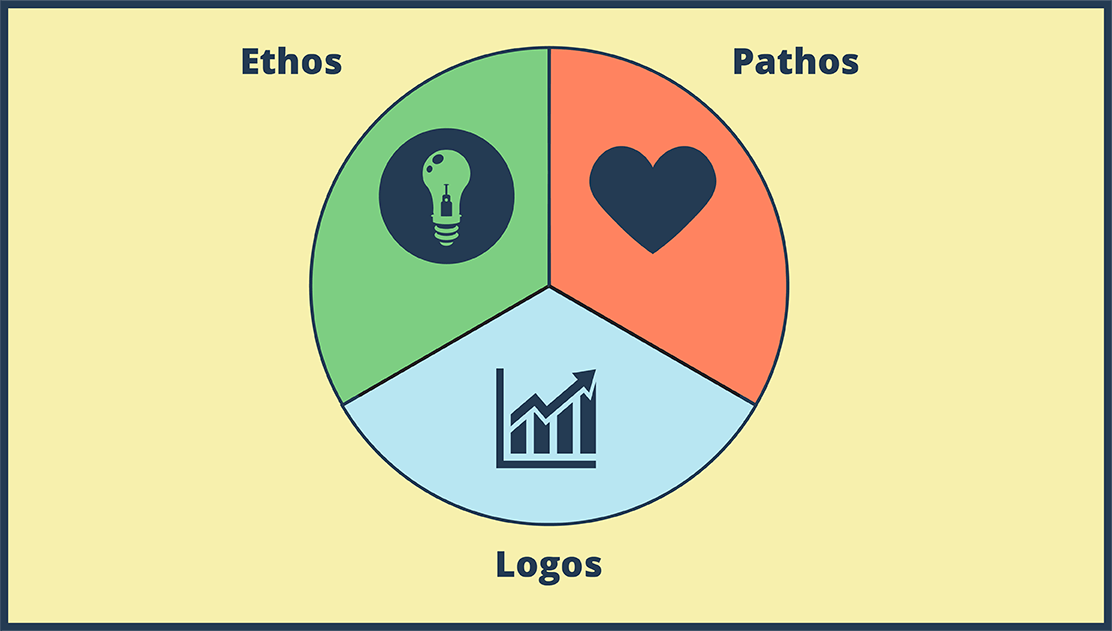UDL Principle 1

You can find this storyboard in the following articles and resources:

What is UDL?
By Meghan Kyne
In 1945, officials in the city of Battle Creek, Michigan, wanted to accommodate wounded war veterans and allow them to move easily about the streets in their wheelchairs. The city officials ordered curb cuts throughout the city’s downtown area. With this change, came a surprising observation. Not only did those with disabilities and other mobility issues benefit from the curb cuts, everyone did. Mothers with carriages, people on bicycles, kids on roller skates, delivery men with hand carts—all benefited from this design.
Check out some of our other educational articles!
Storyboard Description
Universal Design for Learning Principle 1 - Multiple Modes of Representation
Storyboard Text
- Use a Physical Model
- _____________
- Identify the lobes of the brain and their function.
- Goal
- Use a Diagram
- Frontal Lobe
- Frontal Lobe
- ________
- ________
- ________
- ________
- Cerebellum
- Parietal Lobe
- ________
- Occipital Lobe
- Students with learning disabilities such as dyslexia may learn best through auditory and visual instruction. Ms. Darcy uses three dimensional models whenever possible to address the needs of tactile learners.
- Use a Film
- Multiple Modes of Representation
- Principle 1
- Ms. Darcy supplements text with images and diagrams to teach vocabulary. The diagram support the visual learners in her classroom. She uses bold font and high color contrast to support the learning of students with visual impairments.
- Use Technology
- _____________
- Identify the lobes of the brain and their function.
- Goal
- The Human Brain
- _____________
- Identify the the lobes of the brain and their function.
- Goal
- Films are a great tool for the classroom that address various modes of learning. Ms. Darcy has found that some of her students with attentional difficulties respond well to videos, as do her auditory learners.
- Some students learn best by exploring, reading and connecting independently to material. Ms. Darcy likes that the computers can be easily adapted to meet the needs of students with sensory disabilities.
Image Attributions
- Beta lobe neurons - NICHD NIH - (License Attribution )
Over 30 Million Storyboards Created




